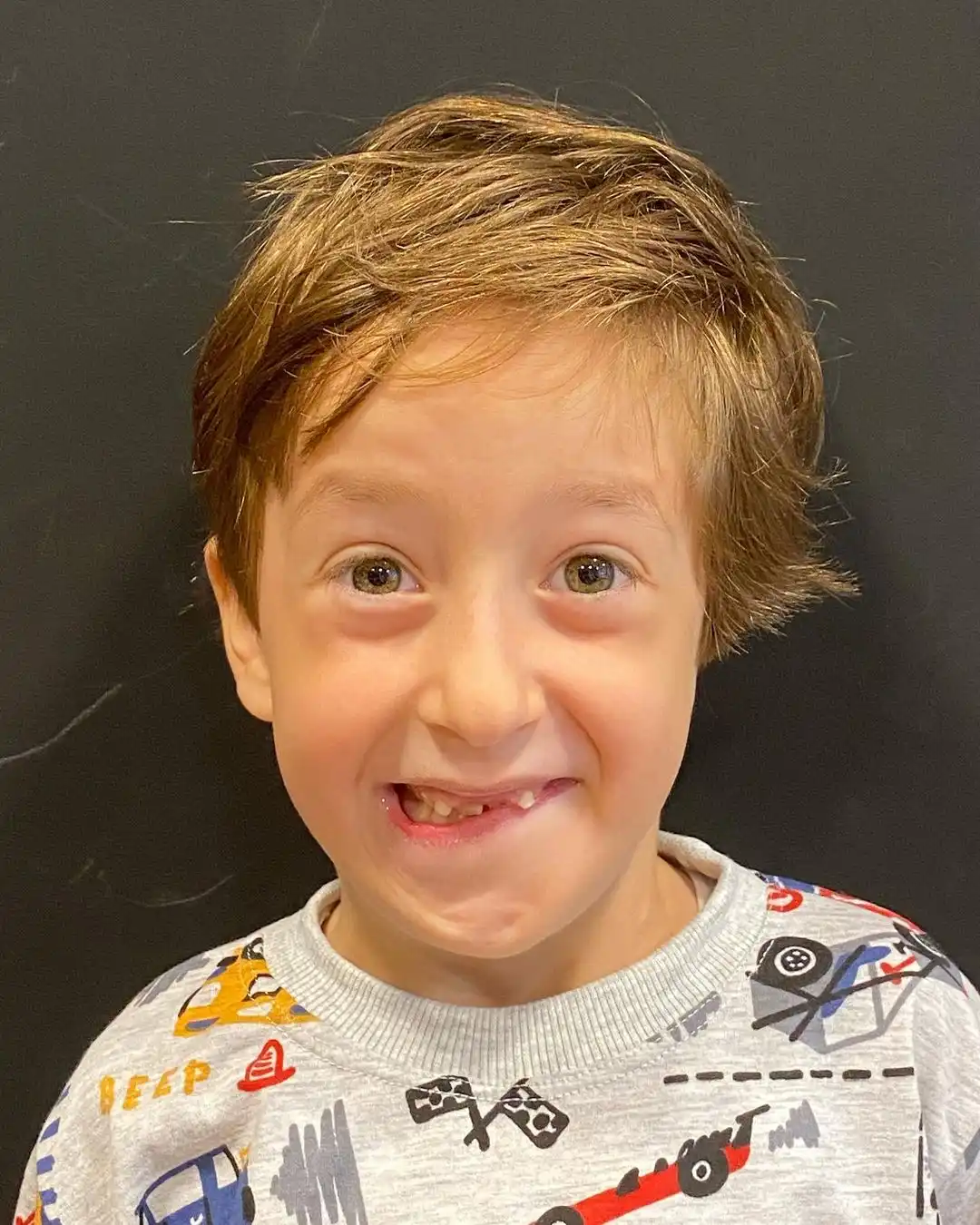What Is Craniofacial Anomalies (Head and Facial Anomalies) Treatment?
Head and facial anomalies, also known as craniofacial anomalies, are conditions that affect the structure and function of the skull, face, and jaws. These facial deformities can be defined as congenital or acquired skull deformities, skull crookedness, infant skull deformity, anomalies that require serious and important operations.
Most common craniofacial anomalies can range from minor abnormalities, such as a small birthmark or ear deformity, to more severe conditions such as cleft lip and palate surgery, craniosynostosis, and hemifacial microsomia.
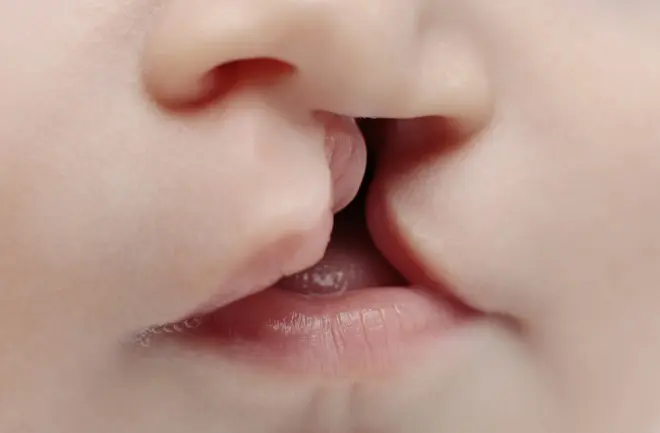
What Are the Craniofacial Anomalies’ Causes?
Craniofacial anomalies refer to a group of conditions that affect the growth and development of the skull and face. These anomalies can occur due to a variety of reasons, including genetic, environmental, and developmental factors.
One of the most common causes of craniofacial anomalies is genetics. Some conditions, such as cleft lip and palate, have a known genetic component, and can be passed down from parent to child. Other conditions, such as craniosynostosis, may be caused by spontaneous mutations that occur during fetal development.
Environmental factors can also play a role in the development of facial birth defects. Exposure to certain toxins, such as alcohol, tobacco, and certain medications, during pregnancy can increase the risk of certain conditions. In addition, maternal health, nutrition, and stress levels can also impact fetal development and increase the risk of craniofacial anomalies.
Developmental factors, such as abnormal fetal growth or positioning in the womb, can also contribute to the development of craniofacial anomalies. For example, if the fetus does not have enough room to grow and develop normally, this can result in craniofacial abnormalities.
How to Do Head and Facial Anomalies Surgery?
Craniofacial abnormalities refer to a range of conditions that affect the structure and appearance of the head and face. Surgery can be an effective treatment option for many of these conditions, and there are several techniques that can be used depending on the specific anomaly being addressed. Such as;
- Craniofacial reconstruction
- Orthognathic surgery
- Soft tissue reconstruction
One common technique used in head and facial anomalies surgery is craniofacial reconstruction. This involves the reshaping of the bones in the skull and face to correct abnormalities in their structure. The procedure is typically performed on children with congenital anomalies, such as craniosynostosis, which causes the bones in the skull to fuse prematurely.
Another technique used in craniofacial deformity surgery is orthognathic surgery. This involves the reshaping of the bones in the jaws to correct abnormalities in their alignment. The procedure is typically performed on patients with conditions such as cleft palate and mandibular prognathism, which can affect the ability to chew, speak, and breathe.
Other techniques used in craniofacial disorders surgery include soft tissue reconstruction, which involves the use of tissue grafts to repair defects in the skin and soft tissues, and distraction osteogenesis, which involves the gradual lengthening of bones using a device known as a distractor.
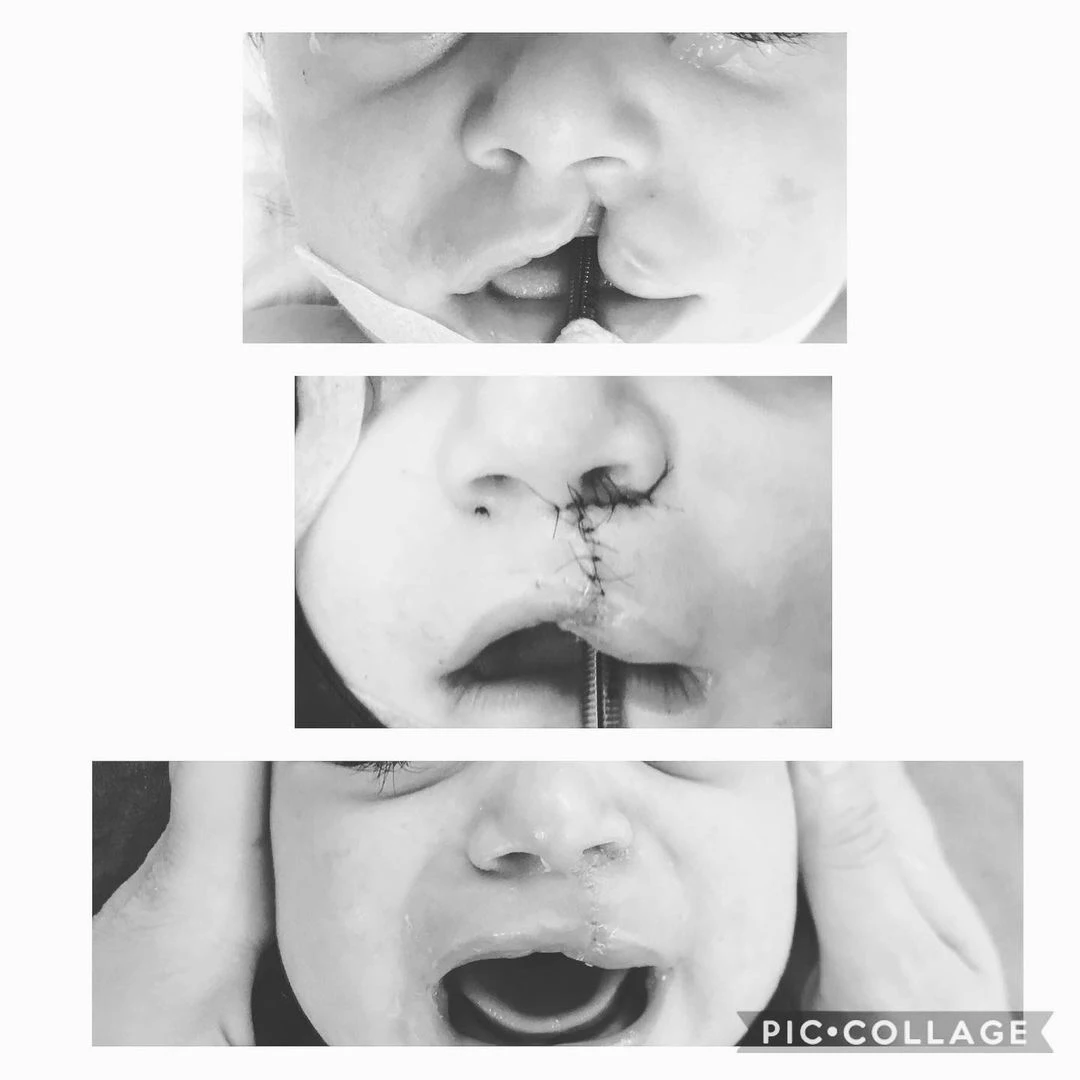
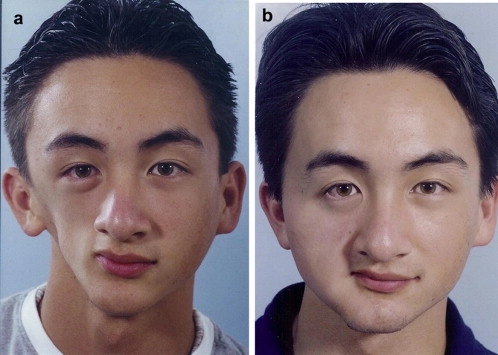
What Are the Different Types of Head and Facial Anomalies?
Facial congenital abnormalities refer to a wide range of congenital conditions affecting the skull, face, and neck. These anomalies can vary in severity, from minor cosmetic issues to life-threatening conditions. Here are some of the most common types of craniofacial anomalies classification:
Craniosynostosis: This condition occurs when the bones in an infant’s skull fuse together prematurely, leading to an abnormally shaped head.
Cleft Lip and Palate: These are common birth defects that affect the upper lip and roof of the mouth, leading to speech and feeding difficulties.
Hemifacial Microsomia: This condition is characterized by an underdeveloped or absent ear, jaw, and cheekbone on one side of the face.
Treacher Collins Syndrome: Associated with facial abnormalities and hearing loss, this is a rare genetic disorder affecting the development of bones and other tissues in the face.
Apert Syndrome: This is another genetic disorder that affects the development of the skull and face, leading to craniosynostosis and other abnormalities.
Facial Asymmetry: This can be caused by a number of factors, including genetics, trauma, and medical conditions.
What Are the Potential Risks with Head and Facial Anomalies?
One potential risk is bleeding, which may occur during or after surgery. This risk is increased in patients taking blood thinners or with underlying bleeding disorders. Infection is also a potential risk, as with any surgical procedure. Patients may be given antibiotics before and after surgery to help reduce the risk of infection.
Complications with anesthesia may also occur, including allergic reactions or reactions to medications used during the procedure. In some cases, patients may experience nerve damage, leading to numbness, weakness, or paralysis of the affected area. Scarring is another potential risk, which may be more pronounced in patients with a history of keloids or hypertrophic scars.
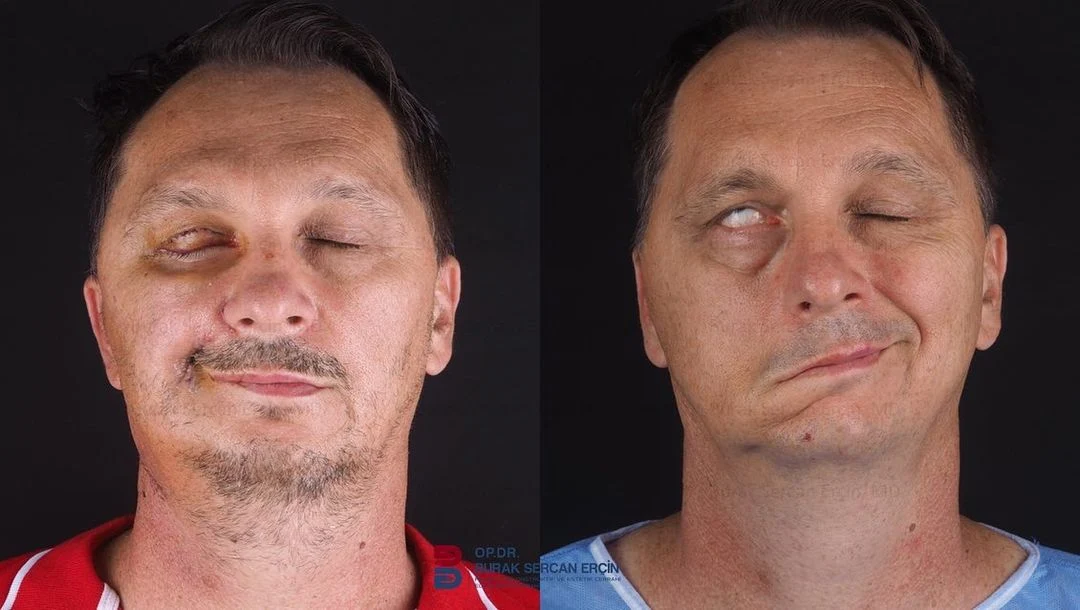
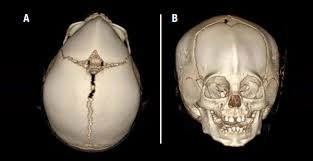
What Kind of Preparation Is Necessary Before Head and Facial Anomalies Surgery?
There are several key things that patients and their families should be aware of before the congenital craniofacial anomalies procedure;
- It is important to have a thorough consultation with an expert surgeon who will be performing the surgery. This consultation will involve a detailed examination of the patient’s head and face, as well as a discussion of the patient’s medical history and any medications they may be taking.
- The surgeon may want CT scans or MRI scans to get a better look at the patient’s anatomy and identify any potential complications.
- Patients should also be ready for the surgery, both mentally and emotionally. This may involve working with a therapist to address any anxiety or fears they may have about the procedure.
- Patients should follow all pre-surgical instructions asked by their surgeon, such as avoiding certain medications or foods in the days leading up to the procedure.
What Are Some Important Factors to Consider Before Deciding to Undergo Head and Facial Anomalies Surgery?
Deciding to undergo surgery is a major decision and requires careful consideration. Here are some important factors to keep in mind:
Age: Depending on the type and severity of the anomaly, surgery may be more effective and have better outcomes when performed at a certain age. It’s important to discuss this with a qualified surgeon.
Health: Before undergoing any surgery, it’s important to be in good overall health. This includes factors such as nutrition, exercise, and any underlying medical conditions.
Mental Preparation: Surgery for craniofacial defects can be a significant emotional and psychological experience. It’s important to be mentally prepared for the potential impact on self-image and self-esteem.
Recovery Time: Recovery from head and facial anomalies surgery can be lengthy and may require significant lifestyle changes. It’s important to ask for the expected recovery time and any necessary post-operative care.
Craniofacial Anomalies FAQ
What Should I Expect During the Head and Facial Anomalies Surgery Procedure?
The patient will be under general anesthesia during surgery. The surgeon will then make incisions in the affected area and carefully handle the bones and tissues to reshape them into a more normal configuration. The duration of the procedure will depend on the specific type and severity of the anomaly being treated.
How Can I Find a Qualified Head and Facial Anomalies Surgeon?
It’s important to do your research and find a surgeon who is board-certified in plastic surgery or craniofacial surgery, and who has experience treating the specific type of anomaly you have. Or, don’t waste your time and call us today!
What Are Some Common Myths and Misconceptions About Head and Facial Anomalies and Their Treatment?
One common myth is that all craniofacial malformations can be corrected with surgery alone. In reality, some anomalies may require ongoing therapy or other non-surgical interventions. Another myth is that surgery for facial abnormalities is always purely cosmetic, when in fact it can have functional benefits such as improving breathing or speech.
Can Head and Facial Anomalies Surgery Be Covered by Insurance?
In some cases, insurance may cover head and facial anomalies surgery if it is deemed medically necessary. However, this can vary depending on the specific insurance plan and the type of procedure being performed. It’s important to consult with your insurance provider and surgeon to determine what costs will be covered and what you may need to pay out of pocket.

